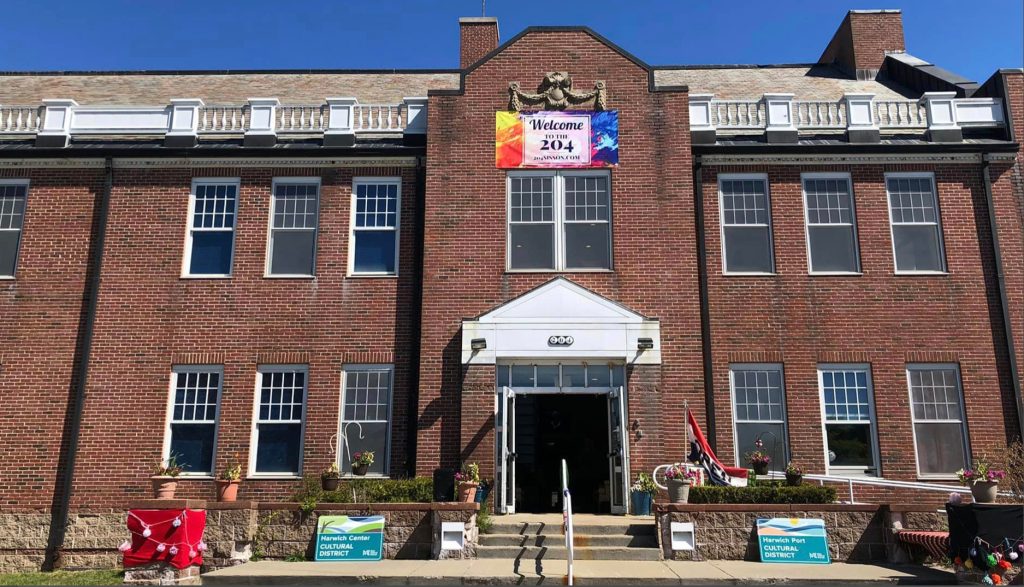Power of Culture Blog
Opportunities & Resources for Orgs – Oct 25
A monthly round-up of grants, technical assistance resources, and opportunities for creative and cultural organizations
Jay Paget, Program Director

Since 2006, Mass Cultural Council has been committed to supporting the development of vibrant creative spaces through consultation services and Cultural Facilities Fund (CFF) grants.
As part of our CFF work, my colleague Miranda Cook and I have had the immense fortune of working with hundreds of artists and cultural organizations, helping them think through and implement the acquisition, renovation, and overall care of their facilities.
Our state-wide perspective gives us the opportunity to see development trends in geographically distant communities but with similar stories, like the adaptive use of public buildings for creative uses. We want to highlight these creative space developments to show the various environments and the actions that brought these projects to bear.
In Massachusetts developing facilities is especially challenging and rewarding because close to 70% of them are historic in some nature, so in nearly all cases we have been handed the stewardship torch from previous generations, and we will pass that torch on to the next generation.
In my case the generational hand off came in part from Jero Nesson. Starting in the 1980’s, Jero and cadres of artists bought, renovated, and secured hundreds of spaces for artists in Massachusetts. They did this by creating and activating a network.
I came into this work after a 2003 national study by the Urban Institute was released simply asking artists what they needed so a more stable support structure could be built. Areas of need were identified including:
Massachusetts was selected to be part of the solution and as part of a subsequent 10-year Leveraging Investments in Creativity project, Mass Cultural Council took the lead with focusing on artist space. I moved from working in locally-initiated affordable housing and economic development to cultural facilities and artist space statewide.
All these years later, one of the shining examples we have of cultural facility development has been the story of municipalities with surplus buildings that – after a public process – designate a school, town hall, or other public building for creative use purposes.
We’ve put together a series of case studies and recorded interviews to offer blueprints for how to adapt public buildings for creative uses. Recently, we even hosted a panel with Mass Municipal Association on the topic.
Our hope is that these case studies and interviews provide guidance for other arts organizations and municipalities that may be considering a similar adaptive reuse of space within their communities.
Over the coming months we will share additional examples of these kinds of projects. First up is a project in Harwich, MA.
The 204 Cultural Arts Municipal Building in Harwich, MA is a model of successful adaptive reuse. After the local middle school closed, the town engaged in a thoughtful, multi-year planning process that prioritized community input, fiscal sustainability, and cultural development.
The result is a vibrant arts center with 36 artist studios, shared creative spaces, and public amenities, all managed through a financially self-sustaining model.
Supported by a dedicated cultural affairs department and embraced by multiple town departments, The 204 demonstrates how surplus municipal buildings can be reimagined to meet community needs, support local economies, and strengthen civic identity.
The case study we developed is accompanied by an in-depth interview recorded at Harwich Channel:
To be successful, this work needs a network of champions, planners, builders, operators, and funders. You can reach out to the team here at Mass Cultural Council and we can help you be a part of this network. The cultural traditions, treasures, and innovations that your facilities hold represent the history, mystery, and marvel of humanity. Keep up the great work!